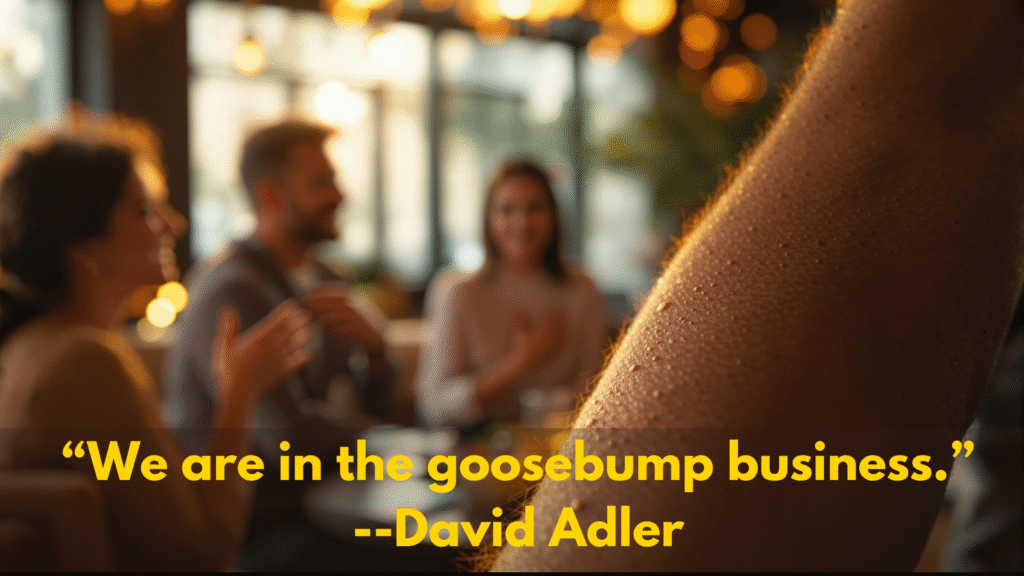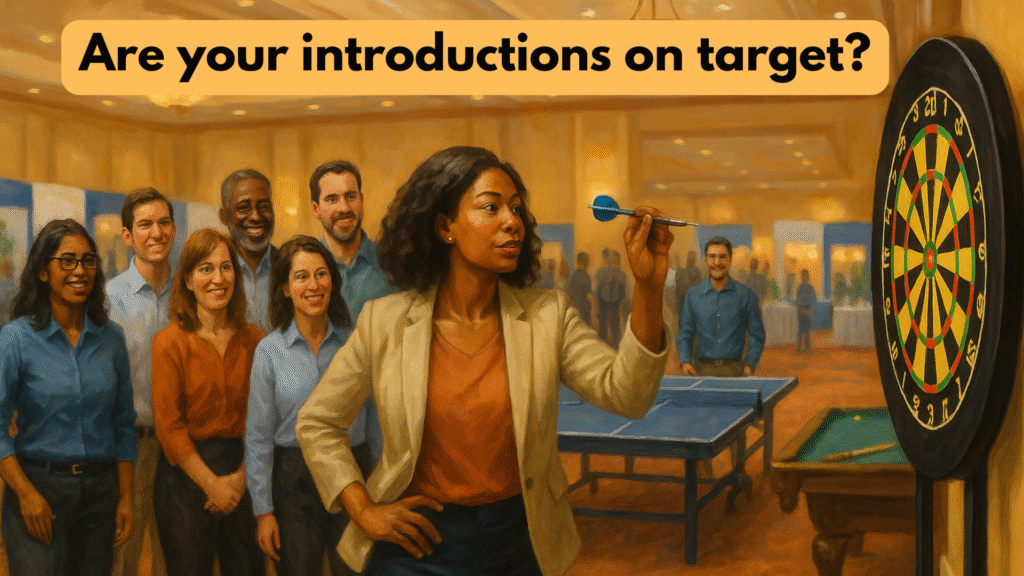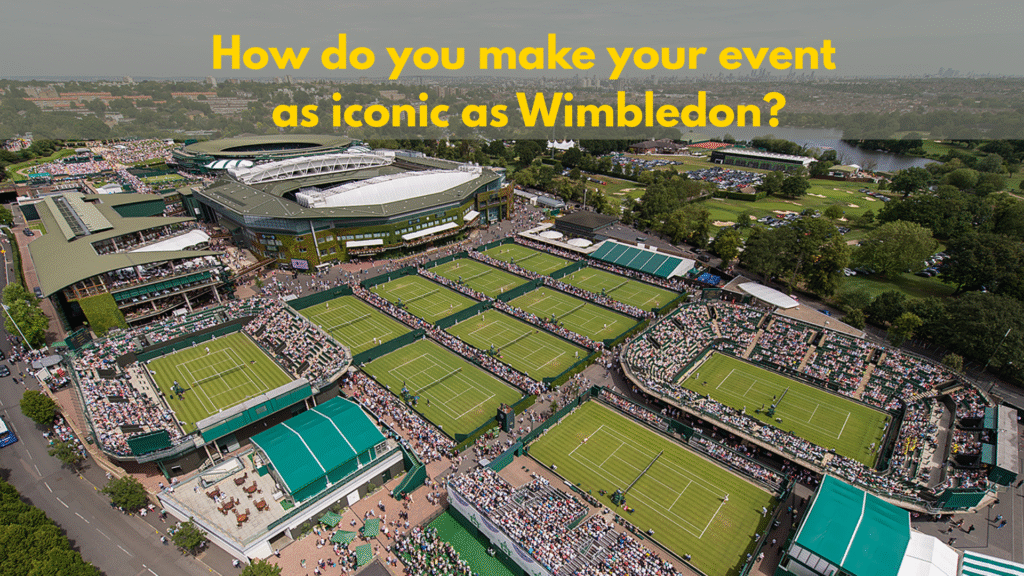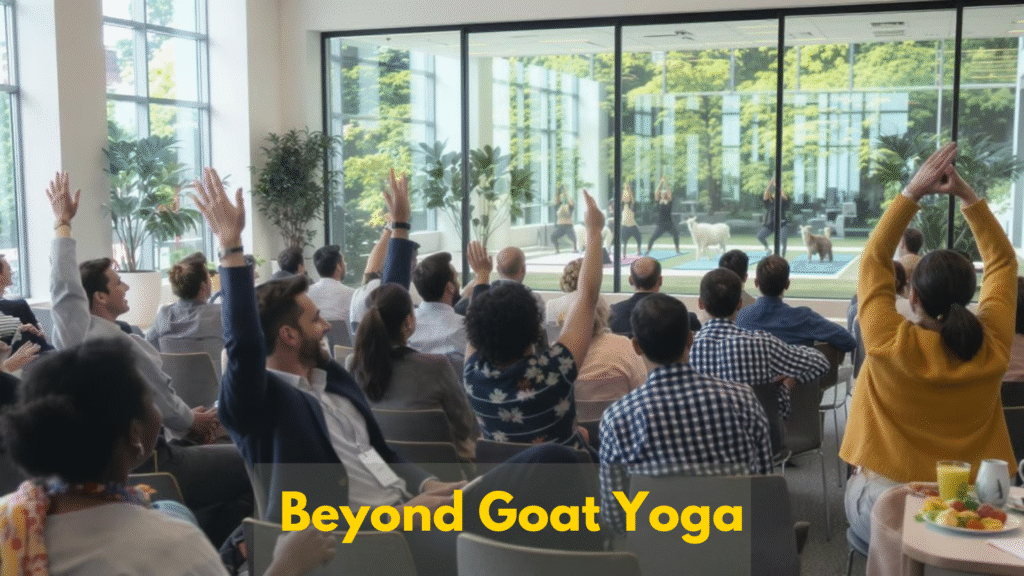“I’ll never forget sitting in that State Department conference room, listening to Henry Kissinger drop what would become one of the most transformative insights of my career. He was speaking to then-Secretary of State Hillary Clinton about drinking from a “firehose” of information daily, and how the key to surviving it was building intellectual capital through meaningful conversations and connections.”
That moment crystallized something David Adler, founder of BizBash and a legendary leader in the events industry, had been thinking about for decades: we’ve been measuring event success all wrong.
For 50 years, David has watched our industry obsess over the wrong metrics. Registration numbers. Attendance figures. Revenue per attendee. But after five decades of creating experiences that matter, he’s arrived at a revolutionary conclusion that’s backed by neuroscience: the most important metric at your event isn’t showing up on any spreadsheet–at least not on most of our spreadsheets.
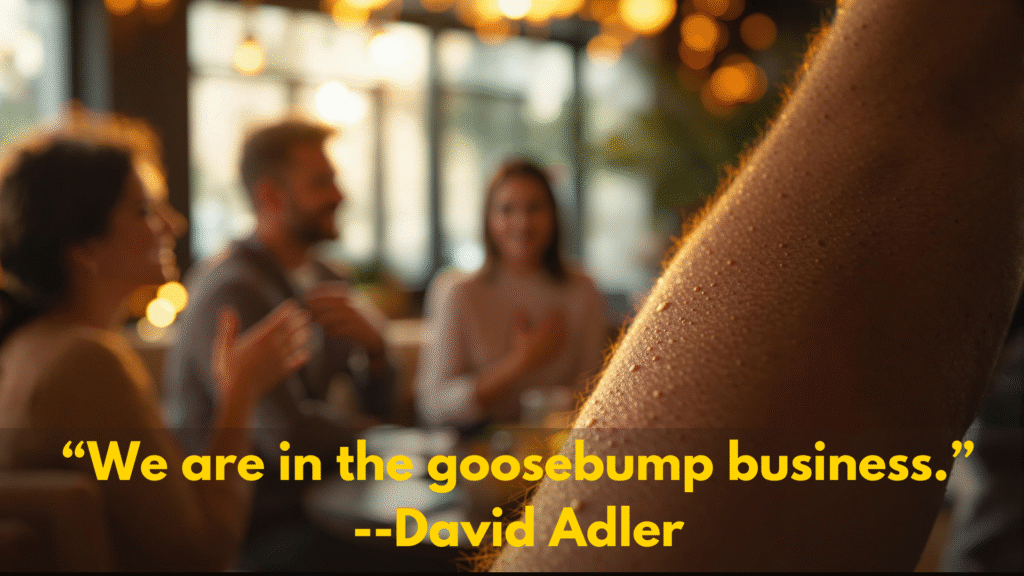
The Problem with Traditional Event Metrics
“I judge an event not by how many people attend now, but by how many conversations I curate,” David told me during our recent conversation. This isn’t just a philosophical shift—it’s a fundamental reimagining of what events should accomplish in our AI-driven world.
Think about it: when was the last time you couldn’t find information online? When did you last attend an event purely to learn facts you couldn’t discover through a simple Google search or ChatGPT prompt? The answer is probably never, because information is prolific and accessible everywhere.
Yet most event organizers still design experiences around content delivery, then measure success by how many bodies filled seats. We’re solving yesterday’s problem with yesterday’s metrics.
Why Your Brain Craves Conversations Over Content
David’s revelation isn’t just intuitive—it’s scientifically proven. Recent neuroscience research reveals that our brains are literally wired for connection over information consumption. Here’s what’s happening in your attendees’ minds:
#1: The Social Brain Effect
The human brain prioritizes social connections over data processing. When attendees engage in meaningful conversations, their brains release oxytocin—the same chemical that bonds mothers to children. This creates the sense of belonging that David Allison identifies as our most fundamental human need.
#2: Mirror Neurons in Action
During group discussions, our mirror neurons cause us to subconsciously mimic others’ emotions and behaviors. David has witnessed this firsthand at his famous Jeffersonian dinner parties, where he asks simple questions like “What was your first job and what did you learn from it?” By the fourth person sharing, the entire table is digging deeper emotionally—and someone inevitably tears up. That moment changes everything.
#3: The Dopamine Loop
Anticipation of meaningful connection triggers more dopamine than the actual interaction itself. When you design events that promise transformative conversations, you’re activating the same reward pathways that keep people engaged with social media.
David’s Revolutionary Approach to Event Design
After decades of experience, David has developed specific tactics that prioritize conversation creation over content delivery:
#1: Start with Vulnerability
Instead of generic icebreakers, David uses questions that encourage authentic sharing: “Who was your favorite teacher and why?” This simple prompt consistently reveals childhood moments that shaped attendees’ perspectives, creating instant emotional bonds.
#2: Architect the Room for Connection
David deliberately seeds “energy ambassadors”—highly engaging participants who model the kind of interaction he wants to see. Their enthusiasm becomes contagious through those mirror neurons, elevating the entire group’s engagement. These are similar to the super connectors I describe.
Design for Multiple Senses
Conversations become more memorable when multiple senses are engaged. David always incorporates live music (not just playlists) because the neuroscience shows it hits dopamine receptors in ways recorded music cannot match.
The Neuroscience Behind Unforgettable Conversations
David’s approach leverages several key brain functions that traditional events ignore:
Cognitive Load Theory: Simplicity equals retention. Instead of overwhelming agendas, create space for processing and connection. Your attendees’ brains need white space to make meaning from experiences.
The Peak-End Rule: Memory isn’t linear. People remember emotional peaks and final moments, not the middle content. Focus your energy on creating conversation highlights rather than filling every minute with information.
Sensory Priming: Multi-sensory experiences create stickier memories. Combine meaningful conversations with unique scents, textures, or flavors to enhance recall.
Practical Ways to Measure Conversations
So how do you actually measure something as intangible as conversations? David suggests these concrete approaches:
- Conversation Concierges: Deploy staff whose sole job is facilitating introductions and noting connection quality
- Connection Cards: Provide attendees with simple cards to exchange contact information when meaningful conversations occur
- Follow-up Surveys: Ask about specific people met and conversations had, not just content consumed
- Social Listening: Monitor hashtags and posts for mentions of connections made, not just session attendance
The Business Case for Connection
This isn’t just feel-good philosophy—it’s smart business. Events that prioritize conversations over content see:
- Higher Net Promoter Scores from attendees who feel truly connected
- Increased sponsorship value through deeper engagement opportunities
- Better retention rates as people return for the community, not just the content
- Enhanced word-of-mouth marketing through stronger attendee relationships
As David puts it, “We’re not in the event business—we’re in the goosebumps business.” Those goosebumps come from human connection, not PowerPoint slides.
Your Next Steps
The transformation David describes requires intentional design choices. Start by asking yourself: If someone attended my event and had zero meaningful conversations, would they still consider it successful? If your answer is yes, you’re still optimizing for the wrong metrics.
Begin measuring what matters: the depth of connections, the quality of conversations, and the transformation that happens when humans truly see each other. Because in our increasingly digital world, the rarest and most valuable experience you can create isn’t access to information—it’s access to each other.
What’s one conversation from a recent event that changed your perspective? Share your story—let’s start measuring what really matters.
Follow David Adler: https://www.linkedin.com/in/david-adler/
Subscribe to his newsletter: https://www.gatheringpoint.news/
